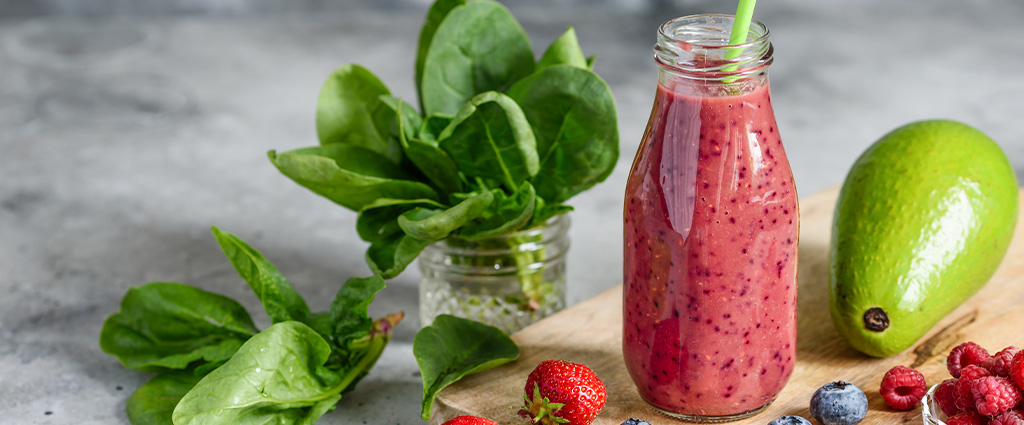School is starting back up, and parents will once again be on the hunt for healthy after-school snack ideas. Jennifer Anderson, R.D. and founder and CEO of Kids Eat in Color, says it’s all about making sure snacks are balanced and include foods your kiddos enjoy.
“All foods are on the table—nothing is bad or good,” Anderson says, “but we need balance to make it to dinner without getting fussy or weak and maintain energy. If your snack offering is primarily carbs, it will only hold your kids over for 20 minutes. They need a balanced, substantial snack they can eat as much as they want of.”
Anderson says there is an ideal combo to stave off late-afternoon meltdowns and fussiness: a fruit or vegetable, a protein and a carbohydrate (which Anderson calls “energy foods”).
• Fruit or vegetable: carrots, bell peppers, cucumbers, celery and peanut butter, apple or orange. (“It doesn’t have to be anything fancy,” Anderson adds.)
• Protein: nuts/seeds, meat/fish/poultry, eggs, beans, peas, lentils, peanut butter, cheese, yogurt.
• Energy food: crackers, chips, cookies, bread, granola bar, rice, Goldfish. If it’s a snack bar, look for one with low added sugar (less than 5 grams) and 3 to 4 grams of protein.
Kids should have choice and independence with after-school snacks, says Anderson, and caregivers can create an environment that caters to these important aspects by keeping pre-selected snack options within reach. “Just because I’m a dietician doesn’t mean my kids want complicated snacks,” she says. “I’m a real mom in the real world.”
Additionally, sitting down while snacking not only prevents choking, says Anderson, but also helps kids notice their hunger or fullness. (Strategically, this could look like serving yogurt in a bowl with a spoon versus from a tube.) Most parents could stand—no pun intended!—to do more of this this, too, as kids are likely to model their parents’ eating habits long term.
“Do we want them to be like us—no idea what we are tasting or eating, eating on the run?” Anderson says. “As humans, we need that pause to notice if we are hungry or full. Kids who don’t eat enough or eat too much have a hard time calming themselves down to listen to their body.”
Here are three of Anderson’s favorite after-school snacks. The first two are taken from her Real Easy Weekdays meal plan.
 Green Strawberry Smoothie
Green Strawberry Smoothie
Made with flavorful strawberries and nutrient-packed spinach, this smoothie is the perfect after-school snack.
Date Balls
These date balls are made with all-natural ingredients and are so tasty even kids love them!
Savory Dip with Veggies
An easy 5-minute recipe made with greek yogurt and herbs giving it a delicious flavor and smooth texture.


 Green Strawberry Smoothie
Green Strawberry Smoothie
